A new wave of GPU-focused cloud providers is offering high-end hardware at prices lower than those charged by hyperscalers. Dedicated infrastructure needs to be highly utilized to outperform these neoclouds on cost.
filters
Explore All Topics
Hyperscalers design their own servers and silicon to scale colossal server estates effectively. AWS uses a system called Nitro to offload virtualization, networking and storage management from the server processor onto a custom chip.
Uptime Intelligence surveys the data center industry landscape to look deeper at what can actually happen in 2025 and beyond based on the latest trends and developments. The stronghold that AI has on the industry is a constant discussion - but how…
This summary of the 2025 predictions highlights the growing concerns and opportunities around AI for data centers.
Dedicated GPU infrastructure can beat the public cloud on cost. Companies considering purchasing an AI cluster need to consider utilization as the key variable in their calculations.
Uptime Intelligence looks beyond the more obvious trends of 2025 and examines some of the latest developments and challenges shaping the data center industry.
As a quick reference, we have provided links below to all the research reports published by Uptime Intelligence in 2024, by month. Research areas focused on 1) power generation, distribution, energy storage; 2) data center management software; 3)…
Cloud providers need to win AI use cases in their early stages of development. If they fail to attract customers, their AI applications may be locked-in to rival platforms and harder to move, which can have serious repercussions.
Enterprises have much enthusiasm for AI, interviews and workshops by Uptime Intelligence suggest, but this is tempered by caution. Most hope to avoid disruptive, expensive or careless investments.
To meet the demand driven by AI workloads, a new breed of cloud provider has emerged, delivering inexpensive GPU infrastructure as a service. Their services are highly demanded today, but longer-term, the market is ripe for consolidation.
While GPUs are the power-hungry devices that enable effective AI training, it is innovations in software that are fueling the recent surge in interest and investment. This report explains how neural networks power generative AI.
Although quantum computing promises a revolution in scientific discovery, its use is still constrained to research and continuing development. However, a new IBM quantum data center in Germany signals a growing interest in its capabilities.
Uptime analysis suggests a growing interest in public cloud by financial institutions. But concerns over cloud providers' support for regulation compliance ahead of the EU's Digital Operational Resilience Act may cause some to pull back.
The data center industry's largest and most influential survey results are in! Join us as we discuss the 14th Annual Uptime Global Data Center Survey 2024 which reveals an industry that is expanding, and is also planning for major technological,…
The 14th edition of the Uptime Institute Global Data Center Survey highlights the experiences and strategies of data center owners and operators in the areas of resiliency, sustainability, efficiency, staffing, cloud and AI.
 Dr. Owen Rogers
Dr. Owen Rogers
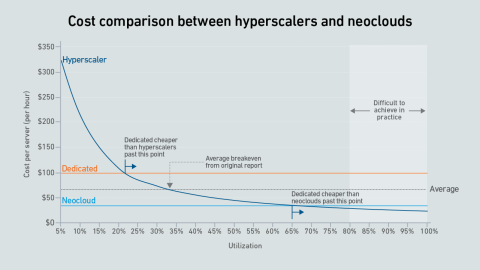
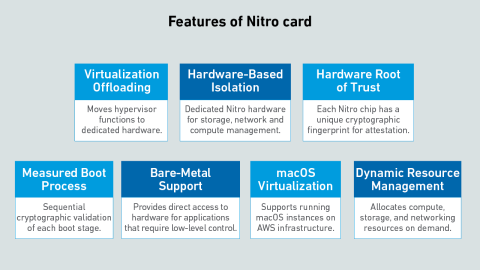
 Andy Lawrence
Andy Lawrence
 Max Smolaks
Max Smolaks
 Daniel Bizo
Daniel Bizo
 Douglas Donnellan
Douglas Donnellan


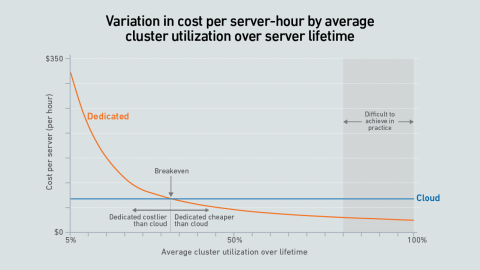
 Peter Judge
Peter Judge




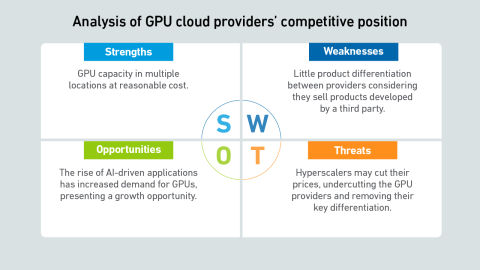
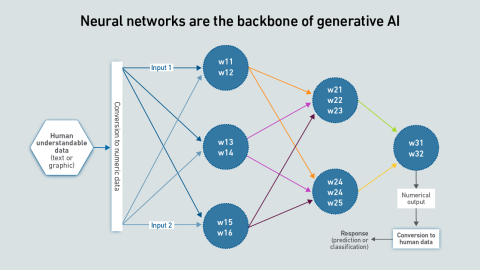

 John O'Brien
John O'Brien
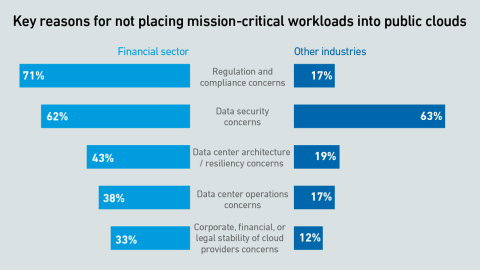
 Chris Brown
Chris Brown

 Jacqueline Davis
Jacqueline Davis
 Jabari Williams-George
Jabari Williams-George
 Rose Weinschenk
Rose Weinschenk
